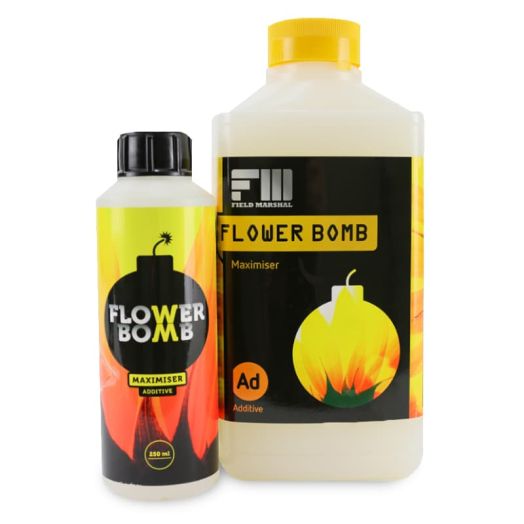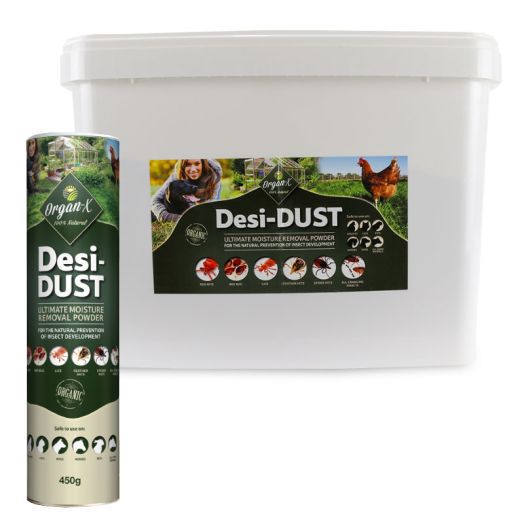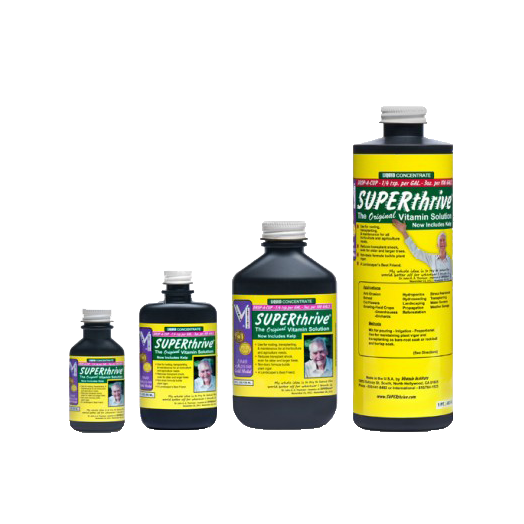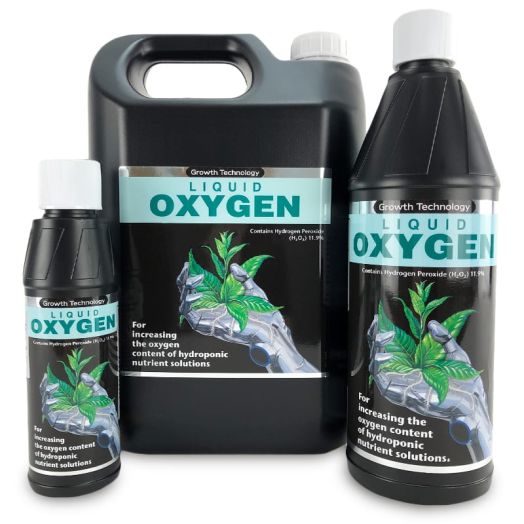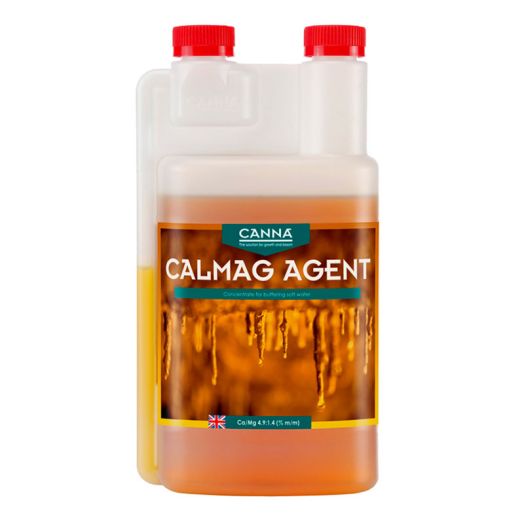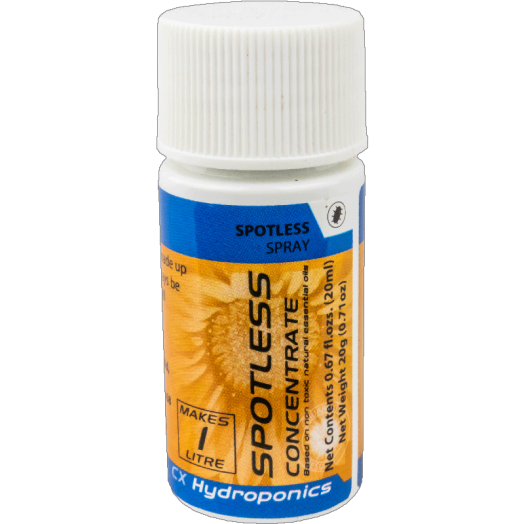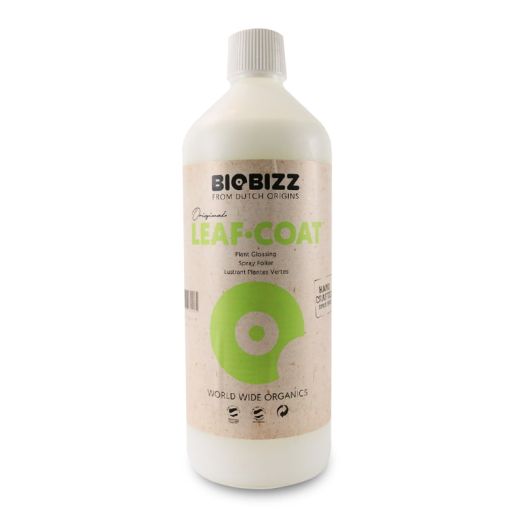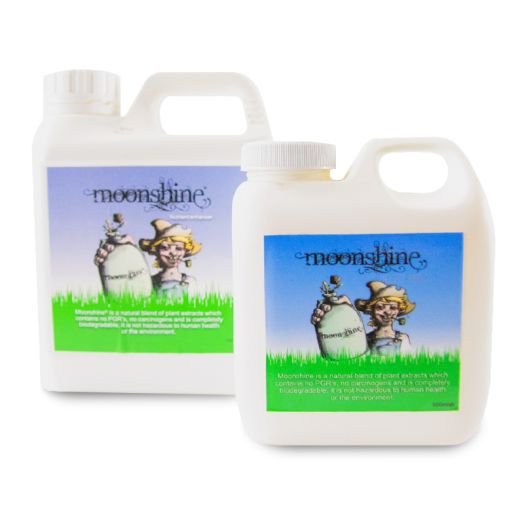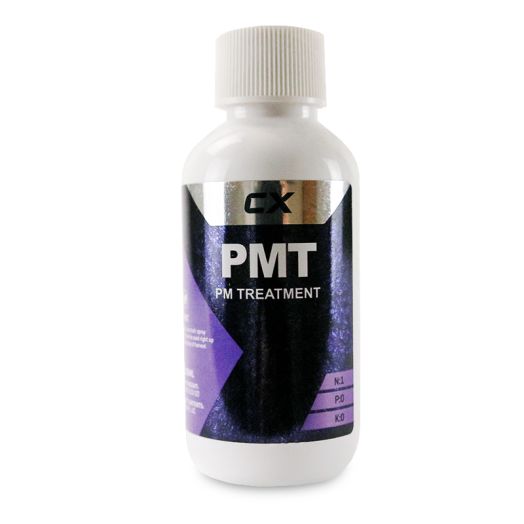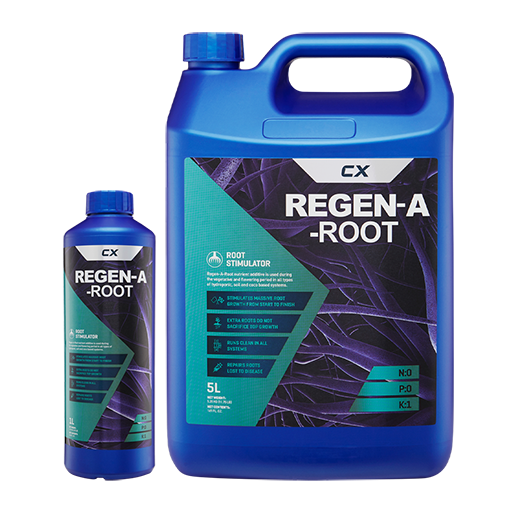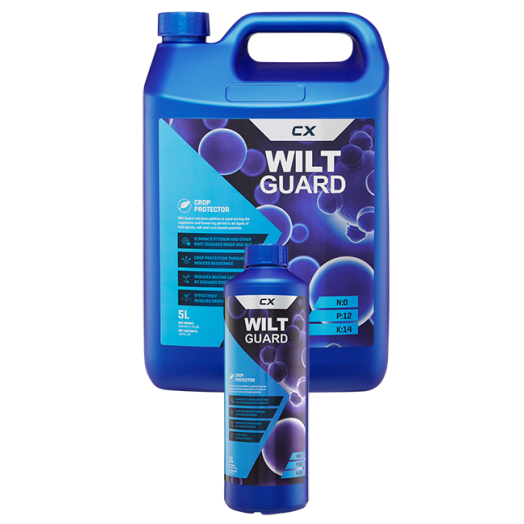Plant Health

Plants in perfect condition will perform to their best standard in terms of vigour, yield, quality and extended shelf life of fruit and flowers, so you win on all fronts! Promoting plant health can be as simple as providing a stable, optimal environment but can also be very complicated, delving into complex plant processes. For more info on our range of Plant Health products and how to use them in your indoor garden, read our buyers guide below.
Plant Health
In an ideal environment with adequate irrigation and nutrition, plants should be in good condition and not require steps to rejuvenate them. Unfortunately, factors within indoor gardens are constantly being balanced and small changes anywhere in the system can have large impacts on other variables. Try to monitor variables to keep them within optimal ranges. If things go wrong, plants may lose vitality and stall their growth; this is when you can implement plant health products to give your plant the boost it needs, precisely when they need it.
Conditions need to be right for disease or pests to take over your garden. Look at the venn diagram below - the plant type, presence of a disease and a conducive environment must all be present before disease takes hold. You will always have potentially susceptible plants in your garden, and spores of detrimental fungus and bacteria are everywhere, so the simplest way to reduce the chance of disease is proper environmental control. The Venn diagram below shows the interaction of the factors affecting disease in plants.
The Pathogen interacts with the host and environment in a complex manner with many factors involved. There is no model that encompasses all potential pathogens and all factors but specifics have been identified for particular crops on a correlation basis of x affecting y. As more research is conducted in this area, we will understand plant, environment and pathogen relationships more and more. If you’re able to maintain your garden’s environment within optimal ranges, the chance of pathogens is greatly decreased, the longer variables fluctuate away from optimal conditions, the more likely a pathogen will settle on your plants.
Peroxide containing products are extremely important in the fight for a sterile space, as they are able to oxidise organic compounds, killing bacteria, fungus or viruses on contact. If your using beneficial microbes in your system you have to steer clear of peroxides though, as they are wide acting and cannot tell the difference between good and bad organisms. Liquid oxygen has a very high strength of hydrogen peroxide (11.9%) and has been used in hydroponic reservoirs to kill negative microorganisms and provide extra oxygenation to the nutrient solution - the trouble with liquid oxygen is it’s very unstable so stops sterilising after a short period. A more recent product to the hydro peroxide market can be bought in the form of silver bullet - It's got silver included that makes the peroxide more stable so it stays active in your tank for up to 10 days - so you only need to dose the tank with silver bullet when you do a tank change.
Inoculating with beneficial microbes will protect plants against other pathogenic fungus and bacteria, whilst simultaneously providing the benefits of that particular microbe. Mycorrhizae is a fungus that’s able to expand the root network by up to 700%, increasing the plants 'reach' for water & nutrition and also processes some micro and macro nutrients into plant consumable forms. Microorganisms can be used as stand alone inoculants but also work well together in concert. Azospirillum is a beneficial bacteria that fixes nitrogen from atmospheric air into forms a plant can easily uptake. Azos is also able to produce particular hormones that can be used by the plant, such as auxins like IAA. Symbiotic relationships between plants and beneficial microbes are critical in organic or natural systems as the microbes will vastly increase yields, while maintaining the quality of organic products. In Hydroponic systems, using microbes could increase both quality and yield as microbes will process macro and micro nutrients, converting mineral based feeds into different chemicals, hormones, enzymes and growth promoting agents from a natural source, rather than a bottle.
Xtreme gardening range of microbes are shipped singularly - each packet contains only one type of microbe - this will enable you to introduce precisely what you want, when you want. Other beneficial microbe manufacturers include several strains of bacteria and fungus that all complete seperate functions to support the plant. There will be some competition between the microbes in products that contain many types but the strongest microbes will colonize the majority of the substrate.
Canna Mono nutrients offer particular elements in a form that plants can easily uptake straight from the bottle. This enables the gardener to treat particular deficiencies as they are identified. If the plant still shows signs of a deficiency after an appropriate dose, the problem is due to another issue as even when given an adequate supply, the plant is having an issue with that particular nutrient uptake. It could be another nutrient that is in abundance, causing lockout for another element. Nutrient lockout can also occur when p.H or temperature fluctuate outside safe ranges.
Stress relievers like Superthrive can reducing the amount of shock a plant gets during transplant so will get plants back to normal growth much quicker than without. Dose plants according to the bottle and stop using stress relievers during flower as they contain hormones and enzymes that can affect floral growth.
Some products in the promoting plant health category make use of the plants natural systemic acquired response (SAR) which is activated when the plant is under attack from a pest, disease or unfavourable conditions. The products fake a threat to initiate a response in the plant, similar to human’s stress response. This phantom threat tricks the plant into faster stronger growth in an attempt to fight off the threat. In favourable conditions, like an indoor grow room where all other environmental factors are within optimal ranges, the potential threat the plants can sense causes astonishing growth. SAR can be stimulated via a number of pathways including ‘Chitin’ - a compound found in insect exoskeletons that the plant can perceive as a beetle or caterpillar attack. Chitin is present in products like ecothrive charge and charge grown plants activate one of their SAR leading to stronger thicker growth.
Halo is another product that can activate plants SAR - it contains a harpin protein that plants can detect triggering a response as if a pathogenic threat was present. Similarly to the chitin response, the plant strengthens its structures in preparation for an attack. When using products that promote a SAR response within a plant, be careful to follow guidelines as too high a dose can have negative impacts on the plant. If using more than one product at a time, use an appropriately reduced dosage such as ½ if using 2 products or ⅓ if using 3. It’s recommended to discontinue use of SAR triggering products after the second week of flower.
If you’ve got more questions about promoting plant health email us or get in touch with our specialist team on 0800 085 7995 who can advise you on the benefits of Plant Health and help you pick the best solution for your particular problem.

